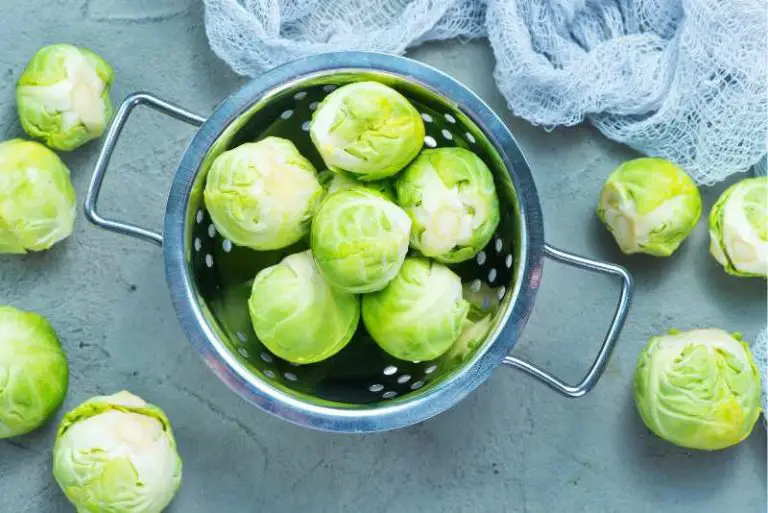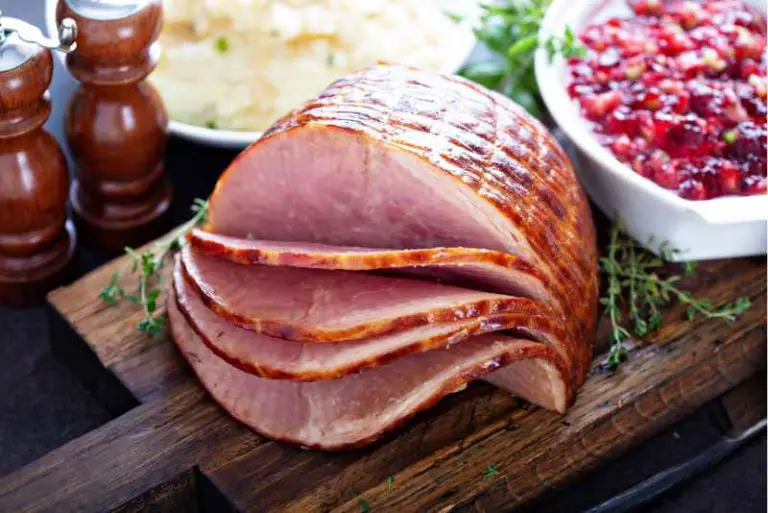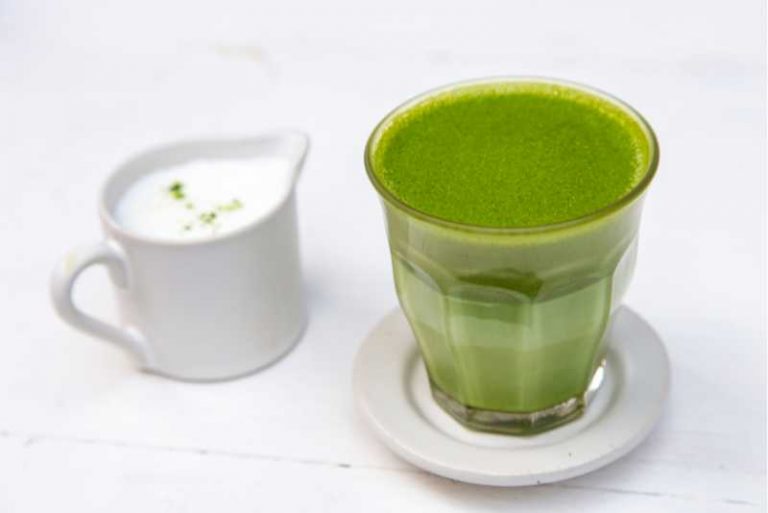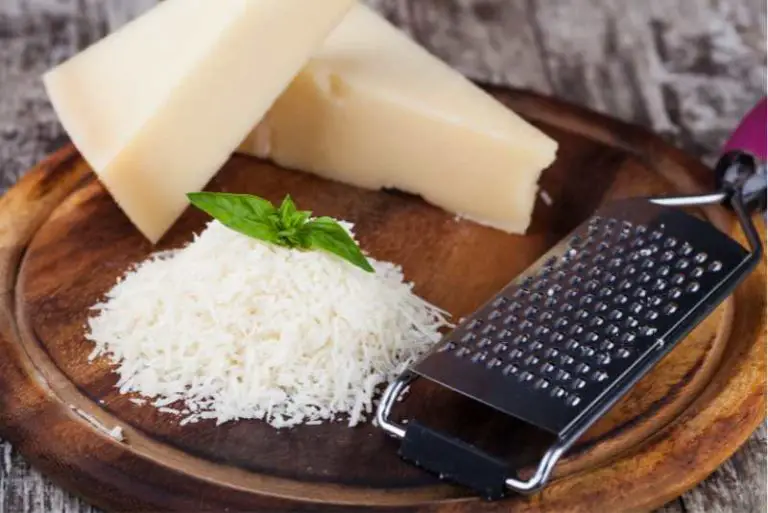Capote Vs Nonpareil Capers: What’s The Difference?
Capote Vs Nonpareil Capers: What’s the Difference? When it comes to enhancing the flavor of your favorite dishes, capers are a popular choice among food enthusiasts. These tiny, tangy, and salty flower buds are known for their versatility and ability to elevate various recipes.
But did you know that there are different types of capers, each with its own unique qualities? In this blog post, we’ll explore the differences between Capote and Nonpareil capers to help you decide which one is best for your culinary needs.
What Are Capers?
Capers are the unopened flower buds of the caper bush (Capparis spinosa), which are pickled in a brine of vinegar or salt to preserve them and enhance their flavor. They’re commonly used in Mediterranean cuisine, particularly in Italian, Greek, and Spanish dishes.
Capers add a distinctive tangy, salty, and slightly bitter taste to various recipes, such as pasta, salads, sauces, and fish dishes.
Capote Capers
Capote capers are larger in size compared to Nonpareil capers, typically ranging between 9-11 millimeters in diameter. Due to their larger size, they have a slightly more pronounced flavor and a firmer texture.
Capote capers are a popular choice for recipes that require a more substantial caper presence, such as pasta dishes and salads.
Nonpareil Capers
Nonpareil capers are considered the finest variety of capers due to their small size, delicate texture, and superior flavor. They are usually around 7 millimeters in diameter and have a more tender, less fibrous texture compared to Capote capers.
Nonpareil capers are highly prized for their subtle and refined taste, making them ideal for delicate dishes like seafood, chicken piccata, and sauces.
Capote Vs Nonpareil Capers: Differences
Here’s a summary of the main differences between Capote and Nonpareil capers:
| Attribute | Capote Capers | Nonpareil Capers |
|---|---|---|
| Size | Larger (9-11mm in diameter) | Smaller (around 7mm in diameter) |
| Texture | Firmer, more fibrous | Tender, delicate, less fibrous |
| Flavor | More pronounced | Superior, subtle, refined |
| Culinary Uses | Substantial caper presence | Delicate dishes, sauces |
| Ideal Recipes | Pasta dishes, salads, fish | Seafood, chicken piccata, light sauces |
This table summarizes the main differences between Capote and Nonpareil capers, highlighting their size, texture, flavor, culinary uses, and ideal recipes. By comparing these attributes, you can choose the best caper variety for your specific dish and taste preferences.
Capote Vs Nonpareil Capers: Cost Differences
Capote capers are typically more expensive than Nonpareil capers mainly because of their larger size. The bigger size of Capote capers offers a more substantial presence in dishes and provides a different texture compared to Nonpareil capers.
This characteristic can make them more desirable in certain recipes and contribute to their higher cost. However, prices can vary depending on factors such as the brand, where you purchase the capers, and the size of the container.
To get a better understanding of the cost differences between Capote and Nonpareil capers in your area, it’s a good idea to compare prices at different stores or online retailers.
This way, you can find the best deal for your preferred type of caper and determine which variety suits your budget and culinary needs.
Capote Vs Nonpareil Capers: Health Benefits
Both Capote and Nonpareil capers offer similar health benefits, as they come from the same plant (Capparis spinosa). The primary difference between the two is their size, with Capote capers being larger than Nonpareil capers. Here are some health benefits of capers in general:
- Antioxidants: Capers are rich in antioxidants, such as quercetin and rutin, which help neutralize free radicals and protect the body from oxidative stress, reducing the risk of chronic diseases and inflammation.
- Anti-inflammatory properties: The compounds in capers, particularly quercetin, have been shown to possess anti-inflammatory properties, which can help alleviate symptoms of certain inflammatory conditions.
- Low in calories: Capers are low in calories, making them a healthy addition to various dishes without significantly increasing your caloric intake.
- Vitamins and minerals: Capers contain essential vitamins and minerals, such as vitamin K, vitamin A, and iron. Vitamin K helps with blood clotting and bone health, while vitamin A supports eye health and immune function. Iron is crucial for red blood cell production and oxygen transportation.
- Fiber: Capers contain a small amount of dietary fiber, which aids digestion and helps maintain a healthy gut.
Take note: Capers are often preserved in brine, which can be high in sodium. Consuming too much sodium may lead to increased blood pressure and other health issues.
So it’s essential to consume capers in moderation and rinse them thoroughly before use to reduce their sodium content. Overall, both Capote and Nonpareil capers offer similar health benefits, and the choice between them depends on personal preferences, recipe requirements, and budget considerations.
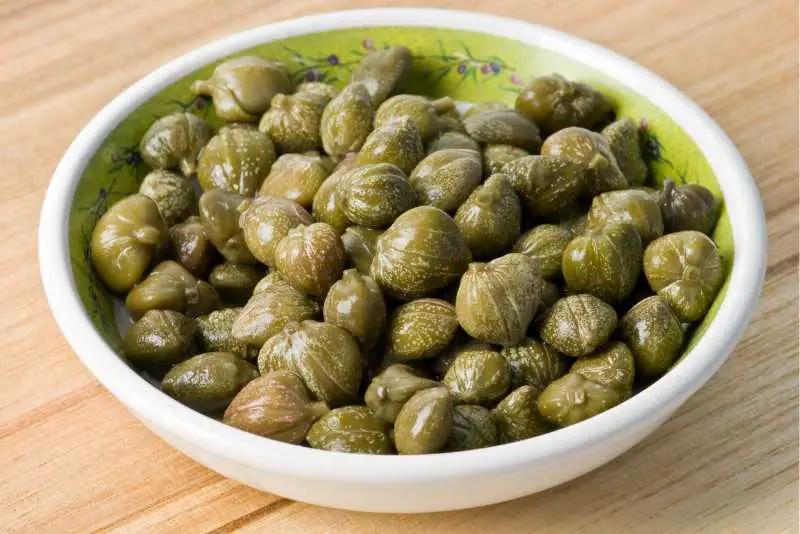
Selecting And Storing Capers
When purchasing capers, look for jars or containers with a tight seal and no signs of leakage. The liquid in the jar should be clear, and the capers should be submerged in the brine. Check the expiration date to ensure that the capers are still fresh.
To store capers, keep them in their original jar or container in a cool, dry place, such as a pantry or cupboard. Once opened, capers should be refrigerated and used within a few months. Always use a clean utensil when removing capers from the jar to avoid introducing bacteria or contaminants.
Before using capers in your recipes, it’s a good idea to rinse them under cold water to remove excess salt or brine. This will help prevent the capers from overpowering your dish with their saltiness. Be sure to adjust the seasoning in your recipe accordingly, as capers will still contribute some saltiness to your dish.
Culinary Uses Of Capers
Capers are a versatile ingredient that can be used in various dishes, from appetizers and salads to main courses and sauces. Their tangy, salty flavor adds a unique depth to recipes and can elevate a simple dish to something special. Here are some ideas for incorporating capers into your cooking:
Appetizers and Salads
- Bruschetta: Top toasted slices of baguette with a mixture of chopped tomatoes, capers, fresh basil, olive oil, and balsamic vinegar for a tasty and easy appetizer.
- Salad Nicoise: This classic French salad features tuna, boiled eggs, green beans, olives, and capers, all drizzled with a tangy vinaigrette.
- Greek Salad: Add capers to a Greek salad for an extra burst of flavor alongside feta cheese, olives, tomatoes, cucumber, and red onion.
Main Dishes
- Pasta Puttanesca: Capers are a key ingredient in this flavorful Italian pasta sauce, which also includes tomatoes, olives, anchovies, garlic, and red pepper flakes.
- Chicken Piccata: Lightly breaded and pan-fried chicken breasts are served with a zesty lemon-caper sauce in this popular Italian-American dish.
- Grilled or Baked Fish: Enhance the flavor of grilled or baked fish by topping it with a mixture of capers, lemon juice, and fresh herbs before cooking.
Sauces and Condiments
- Caper-Tarragon Aioli: Combine mayonnaise, capers, fresh tarragon, lemon juice, and garlic for a delicious sauce that pairs well with grilled or fried fish.
- Olive-Caper Tapenade: Blend capers, olives, garlic, anchovies, and olive oil to create a versatile spread that can be used as a dip, sandwich topping, or pasta sauce.
Choosing the Right Caper for Your Dish
When deciding whether to use Capote or Nonpareil capers, consider the dish you’re preparing and the role you want the capers to play in it. If you’re looking for a subtle, refined flavor, opt for Nonpareil capers. On the other hand, if you want a more robust caper presence in your dish, choose Capote capers.
Regardless of which variety you pick, always remember to rinse the capers before use to remove excess salt or brine, and adjust the seasoning in your recipe accordingly.
Conclusion
Understanding the differences between Capote and Nonpareil capers can help you make an informed decision when selecting the perfect caper for your culinary creations. Experiment with both varieties to discover which one best complements your favorite dishes. Happy cooking!


